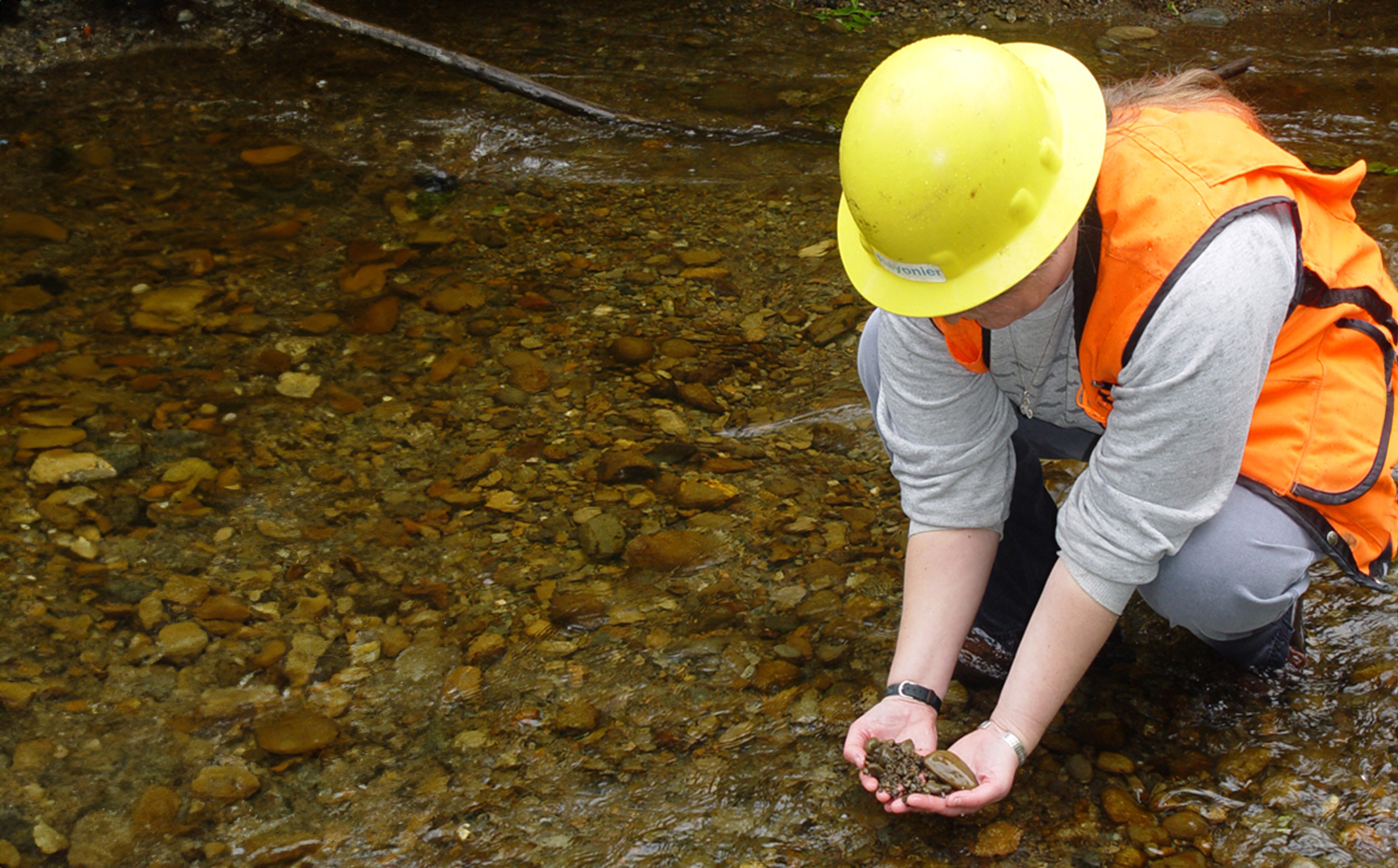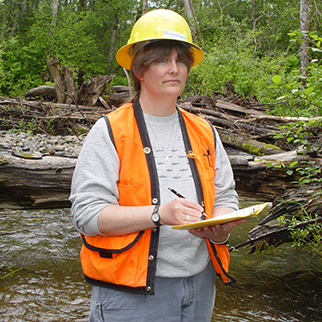Green Jobs
Geomorphologist
Geomorphology is the field of geology that focuses on surface processes such as soil development, glacial erosion, and landslides. Forestry organizations lean on the scientific and research skills of the geomorphologist to guide, improve and maintain quality forest management.
Geomorphologists have knowledge of geomorphology, statistical data analysis, and geographic information systems (GIS).
This position may also be referred to as Watershed Scientist, Wetland Ecologist, Geologist, or Geotechnical Engineer.



